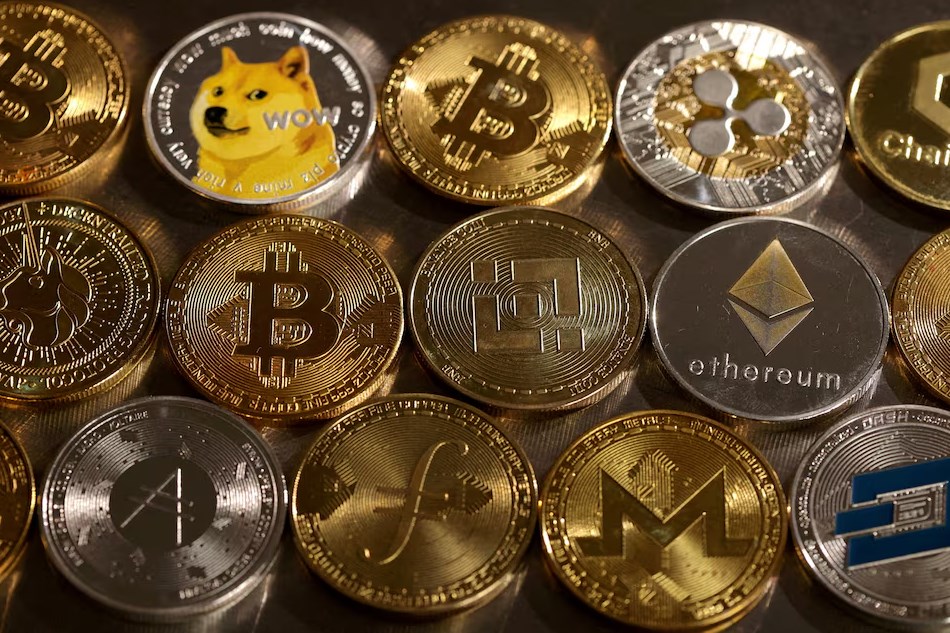Briefly describe the main differences between web1.0 and web2.0
The main difference between Web 1.0 and Web 2.0 is interactivity and user-generated content. Web 1.0 was characterized by a passive user experience and content created by website administrators. Web 2.0, on the other hand, emphasizes interactivity, enabling users to create, share, and collaborate on content and connect through social media and community participation. Additionally, Web 2.0 introduces personalized experiences, cross-device accessibility, and new business models.

The main differences between Web 1.0 and Web 2.0
Web 1.0 and Web 2.0 are two completely different stages of Internet development, with significant differences:
1. Interactivity
- Web 1.0: Passive, users only act as content consumers.
- Web 2.0: Interactive, users can create, share and collaborate on content.
2. User Generated Content
- Web 1.0: Content is primarily created by website administrators.
- Web 2.0: Users can create and upload their own content such as blogs, videos, and social media posts.
3. Community Engagement
- Web 1.0: Limited connections between websites.
- Web 2.0: Websites and users can connect and interact through message boards, forums and social media.
4. Personalized experience
- Web 1.0: Content is usually static, providing the same experience for everyone.
- Web 2.0: Content can be personalized based on user preferences, such as search history and purchasing behavior.
5. Accessibility
- Web 1.0: Mainly accessible via desktop computers.
- Web 2.0: Accessible from a variety of devices, including smartphones, tablets, and smart TVs.
6. Business model
- Web 1.0: Mainly based on advertising and content subscription.
- Web 2.0: In addition to advertising, new business models have emerged such as e-commerce, social media marketing, and cloud computing.
In summary, Web 1.0 served as a one-way information publishing platform, while Web 2.0 is an interactive, user-driven environment where users can create, share, and engage with content.
The above is the detailed content of Briefly describe the main differences between web1.0 and web2.0. For more information, please follow other related articles on the PHP Chinese website!

Hot AI Tools

Undresser.AI Undress
AI-powered app for creating realistic nude photos

AI Clothes Remover
Online AI tool for removing clothes from photos.

Undress AI Tool
Undress images for free

Clothoff.io
AI clothes remover

Video Face Swap
Swap faces in any video effortlessly with our completely free AI face swap tool!

Hot Article

Hot Tools

Notepad++7.3.1
Easy-to-use and free code editor

SublimeText3 Chinese version
Chinese version, very easy to use

Zend Studio 13.0.1
Powerful PHP integrated development environment

Dreamweaver CS6
Visual web development tools

SublimeText3 Mac version
God-level code editing software (SublimeText3)

Hot Topics
 1664
1664
 14
14
 1421
1421
 52
52
 1315
1315
 25
25
 1266
1266
 29
29
 1239
1239
 24
24
 Nasdaq Files to List VanEck Avalanche (AVAX) Trust ETF
Apr 11, 2025 am 11:04 AM
Nasdaq Files to List VanEck Avalanche (AVAX) Trust ETF
Apr 11, 2025 am 11:04 AM
This new financial instrument would track the token's market price, with a third-party custodian holding the underlying AVAX
 OM Mantra Cryptocurrency Crashes 90%, Team Allegedly Dumps 90% of Token Supply
Apr 14, 2025 am 11:26 AM
OM Mantra Cryptocurrency Crashes 90%, Team Allegedly Dumps 90% of Token Supply
Apr 14, 2025 am 11:26 AM
In a devastating blow to investors, the OM Mantra cryptocurrency has collapsed by approximately 90% in the past 24 hours, with the price plummeting to $0.58.
 TrollerCat ($TCAT) Stands Out as a Dominant Force in the Meme Coin Market
Apr 14, 2025 am 10:24 AM
TrollerCat ($TCAT) Stands Out as a Dominant Force in the Meme Coin Market
Apr 14, 2025 am 10:24 AM
Have you noticed the meteoric rise of meme coins in the cryptocurrency world? What started as an online joke has quickly evolved into a lucrative investment opportunity
 Zcash (ZEC) Reaches a High of $35.69 as a Record Amount of Tokens Move Out of Circulation
Apr 09, 2025 am 10:36 AM
Zcash (ZEC) Reaches a High of $35.69 as a Record Amount of Tokens Move Out of Circulation
Apr 09, 2025 am 10:36 AM
Zcash was one of the top gainers during the latest market rally, reaching a high of $35.69 as traders moved a record amount of tokens out of circulation.
 Is Wall Street Quietly Backing Solana? $42 Million Bet Says Yes
Apr 10, 2025 pm 12:43 PM
Is Wall Street Quietly Backing Solana? $42 Million Bet Says Yes
Apr 10, 2025 pm 12:43 PM
A group of former Kraken executives acquired U.S.-listed company Janover, which secured $42 million in venture capital funding to begin building a Solana (SOL) treasury.
 The Crypto Market Has Witnessed a Rebound Following the Recent Sheer Downturn
Apr 13, 2025 am 11:40 AM
The Crypto Market Has Witnessed a Rebound Following the Recent Sheer Downturn
Apr 13, 2025 am 11:40 AM
The crypto market has witnessed a rebound following the recent sheer downturn. As per the exclusive market data, the total crypto market capitalization has reached $2.71Ts
 As Fear Drives Selling, BlockDAG (BDAG) Stands Out from the Crowd
Apr 13, 2025 am 11:48 AM
As Fear Drives Selling, BlockDAG (BDAG) Stands Out from the Crowd
Apr 13, 2025 am 11:48 AM
As fear drives selling in the crypto market, major coins like Cardano and Solana face tough times.
 Bitcoin (BTC) Has Outperformed Ethereum by Over 85% in Realized Market Cap Growth
Apr 11, 2025 am 10:12 AM
Bitcoin (BTC) Has Outperformed Ethereum by Over 85% in Realized Market Cap Growth
Apr 11, 2025 am 10:12 AM
Bitcoin (BTC) has outperformed Ethereum by over 85% in realized market capitalization growth, according to data provided by on-chain analytics platform Glassnode on April 10.



